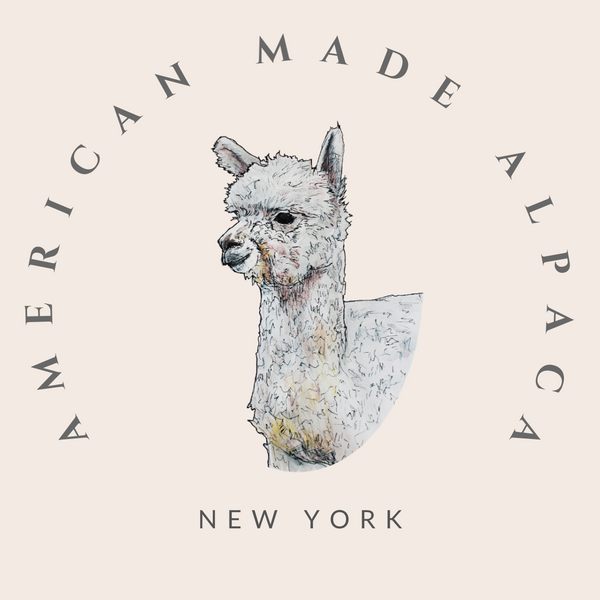
Is Alpaca Warmer Than Wool?
Share
Alpaca fiber is often described as warmer than sheep’s wool, and there is solid science behind that claim. The fiber’s hollow or semi-hollow core allows it to trap more air, creating natural insulation without adding extra weight. This structure is similar to that of high-performance synthetic insulation used in outdoor gear but with the added benefits of being natural and biodegradable.
Sheep’s wool, by comparison, contains scales and lanolin that can make it heavier and less breathable. Alpaca’s lightweight yet insulating qualities mean that garments made from it can keep wearers exceptionally warm while remaining comfortable and non-bulky. In cold climates, alpaca sweaters, coats, and socks often outperform wool in maintaining consistent warmth.
Another advantage is alpaca’s ability to regulate temperature. Because of its breathability, alpaca fiber helps prevent overheating even as it keeps warmth close to the body. This makes it practical not just in freezing conditions but also in fluctuating or cool-warm transitional weather. Sheep’s wool can also regulate temperature, but alpaca’s lighter weight gives it an edge for active or all-day wear.
Historically, Andean herders relied on alpaca fiber for survival in the harsh climates of the Andes Mountains, where temperatures can shift dramatically from day to night. This longstanding use is a testament to alpaca’s effectiveness as natural insulation. Even today, indigenous communities continue to weave alpaca garments for both warmth and cultural significance.
Alpaca’s moisture-wicking properties enhance its warmth factor. Even when exposed to sweat or light dampness, alpaca can retain heat better than sheep’s wool. Its ability to wick moisture away from the skin also prevents the chill that often comes with damp clothing in cold weather.
The fiber’s insulating qualities have also drawn attention from performance wear companies and outdoor enthusiasts. Hikers, skiers, and travelers often report that alpaca socks and base layers keep them warmer than wool counterparts without the heaviness. This crossover from traditional textiles to modern outdoor gear demonstrates alpaca’s versatility.
In conclusion, alpaca is not only warmer than wool on a pound-for-pound basis but also more adaptable to various climates. Its combination of warmth, breathability, and moisture control makes it a premium choice for anyone seeking comfort in cold or changing environments.
